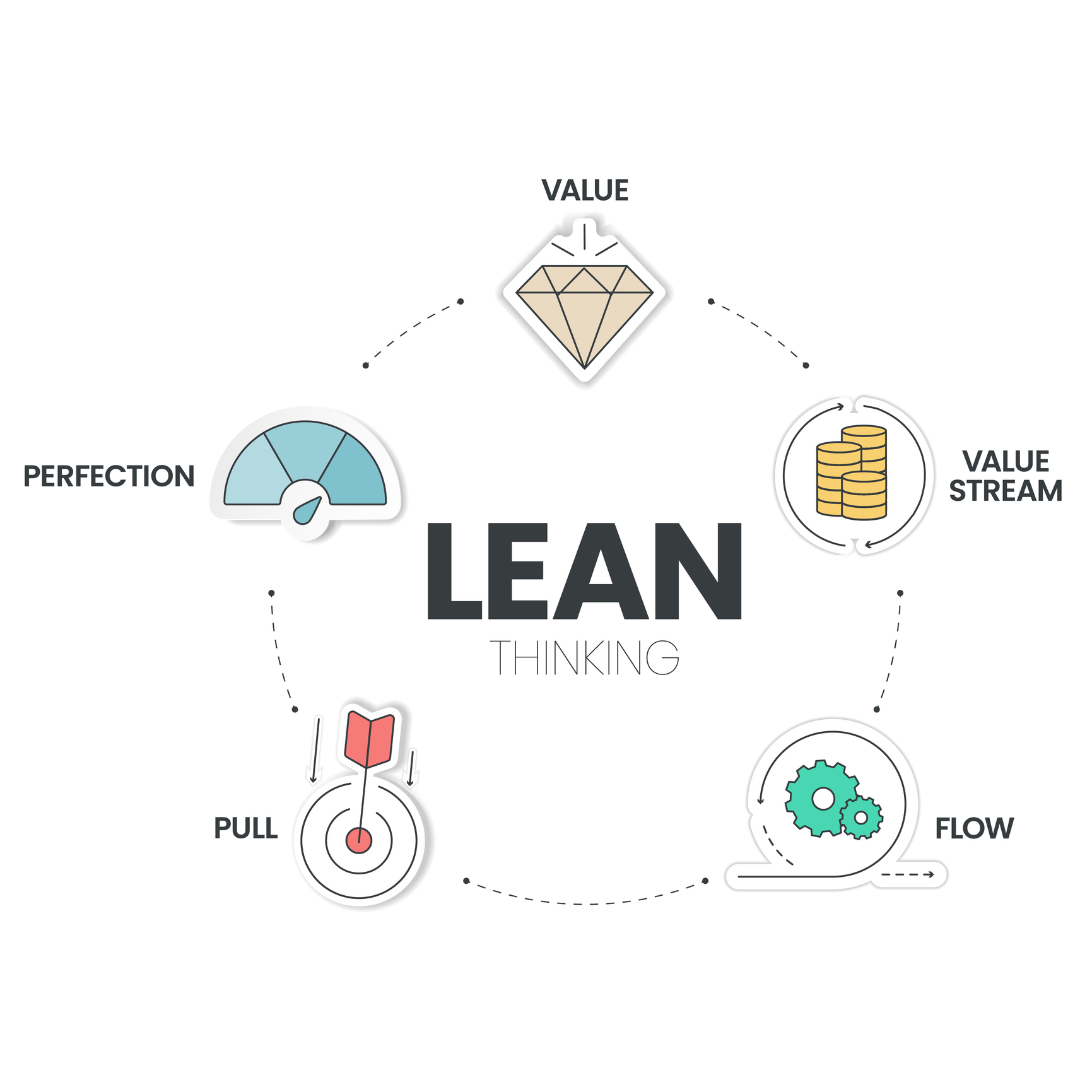Value stream is all about finding ways to measure the value you’re providing to your customers, and as with anything that we try to do in business, there are always new practices that can be applied to make improvements.
In a talk at {virtual) VSMcon 2022, a conference dedicated to value stream management, Scott Ambler, vice president and chief scientist at the Project Management Institute, encouraged the application of known improvement plays as a starting-off point for adopting a continuous improvement strategy in value stream.
Known improvement plays are common techniques that can be applied to different organizations. According to Ambler, many businesses suffer from similar problems and so they can also benefit from similar solutions to those problems.
Some of the common value stream problems that companies face include that it takes too long to get things done, there is a lack of workflow visibility, there is no line of sight to strategies, ineffective budgeting may be in place, shadow IT, items are too big, technical debt, lack of coordination across teams, there is a poor development intake process, and more.
“So the point is if you’re suffering from one or more of these challenges, then very often a common improvement play will help get the job done, or at least will help improve and stabilize that aspect of your value stream in order to put you into a position where you can do better,” said Ambler.
For example, if a company is struggling due to their poor development intake process, one question they could ask is what does a good intake process look like? You want to be taking in Minimum Business Increments and Minimum Viable Products, sequencing work based on cost of delays, not omitting strategic drivers, and so on.
Asking the question would enable a company to sit down and list all of the things that would improve the process, and then they can go apply that by incorporating those items into the intake process.
According to Ambler, successful companies like Amazon and eBay have gotten to where they are today because they’ve been continuously improving for many years. They identify a potential issue and then identify the techniques that might solve that issue.
“They try them out, they experiment with them, and they also measure them because they want to determine how well it worked in practice. If it worked well, they adopted, and if it didn’t work, they abandoned it and they tried something else. And of course, I hope they share their learnings with others,” said Ambler.
He also noted that even if your problem is unique, there’s still a pretty good chance that you are experiencing a challenge that hundreds of others have already overcome.
“With a little bit of humility, and a little bit of knowledge, if you can leverage their learnings, you can increase the chance that what you experiment with will work,” he said.
To learn more about how to apply continuous improvement practices to your value stream, watch Scott Ambler’s talk, “Continuous improvement through the value stream,” which can be viewed on-demand now.








